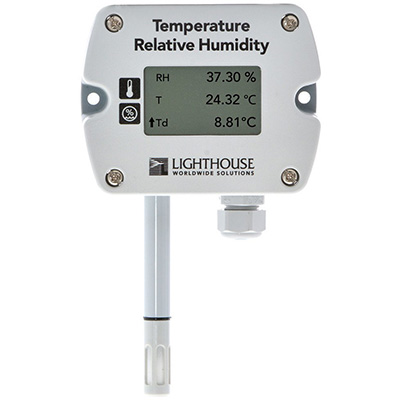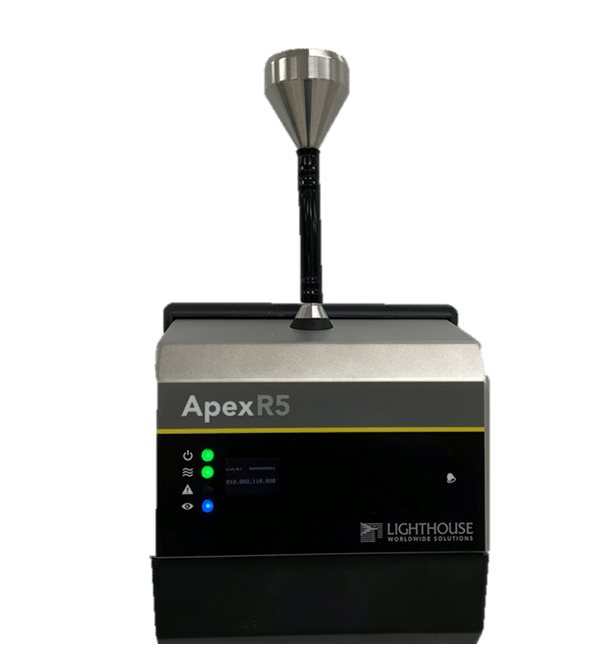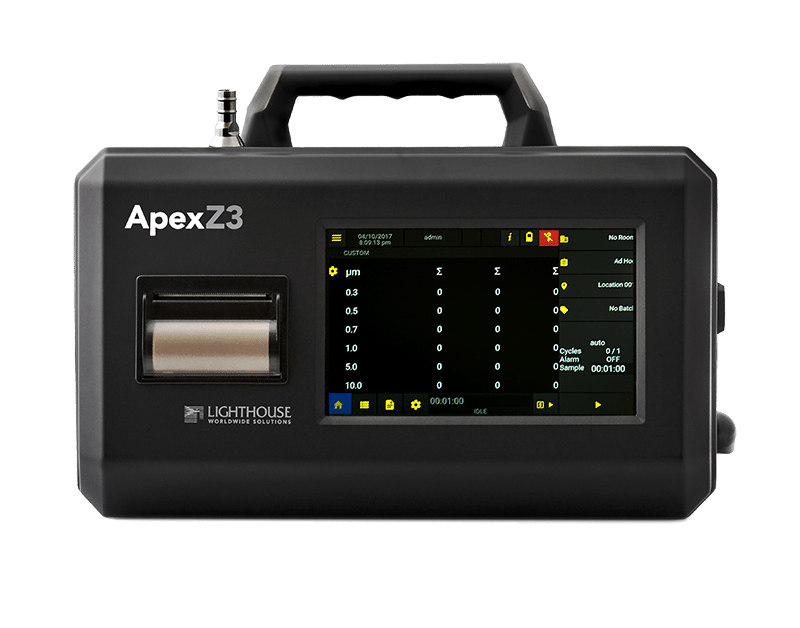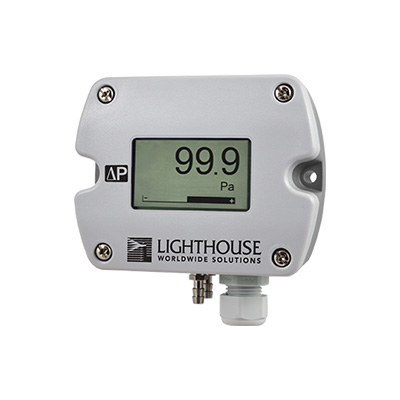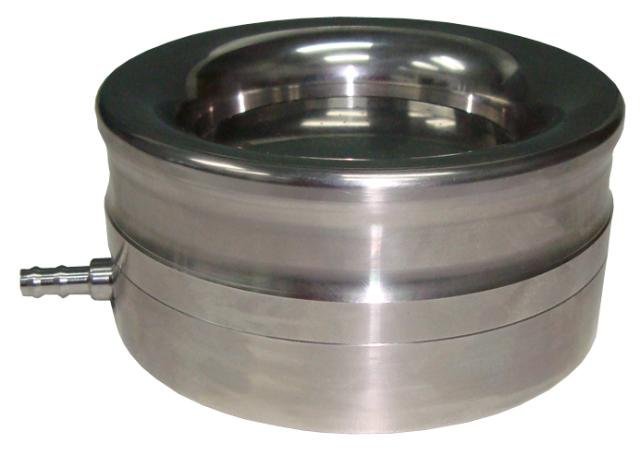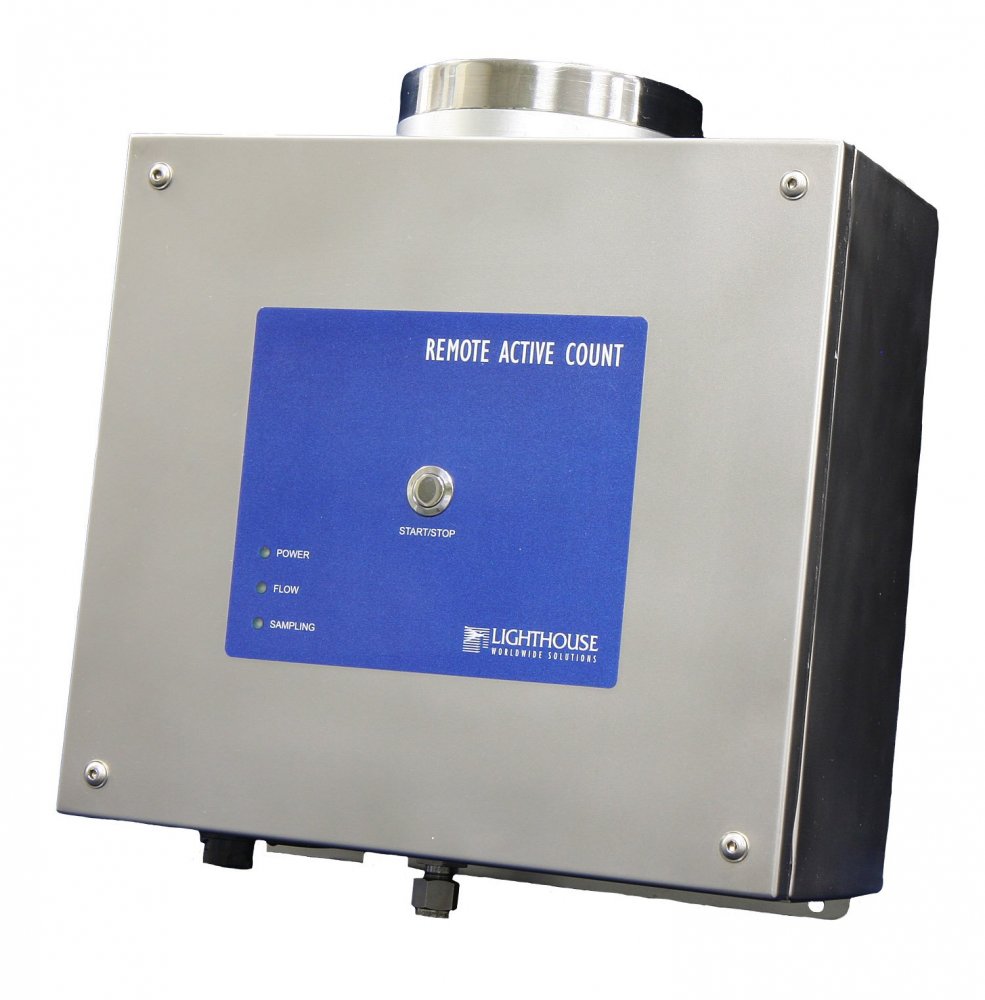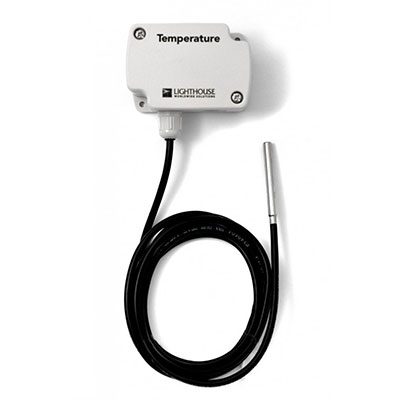A Risk Assessment is the first step in implementing a RTMS. A project group should be put together with subject matter experts and all facility stakeholders represented across multi department managers. Outside consultants should be used when inhouse expertise is missing. The goal of the Risk Assessment is to look at the manufacturing process and see weak links and then document solutions to mitigate from product contamination
Operational Qualification (OQ) is the process of verifying that a system operates according to its design specifications and intended use within specified limits. This involves a series of tests to confirm that all parts of the system function correctly under stated conditions. Typically, OQ tests include checking the system’s software, hardware, and operational procedures to ensure they meet all regulatory and technical requirements. For a comprehensive understanding of conducting an OQ.
Performing a Performance Qualification (PQ) involves testing the system in its actual operational environment to ensure it performs as expected under real-world conditions. This step is crucial after Operational Qualification (OQ) and involves detailed testing of the system’s performance, including its ability to function according to the predefined criteria and specifications under variable conditions. It typically includes real use scenarios to validate the overall reliability and readiness of the system, focusing on its error response mechanisms and operational effectiveness. For a detailed guide on performing a PQ, Contact us

